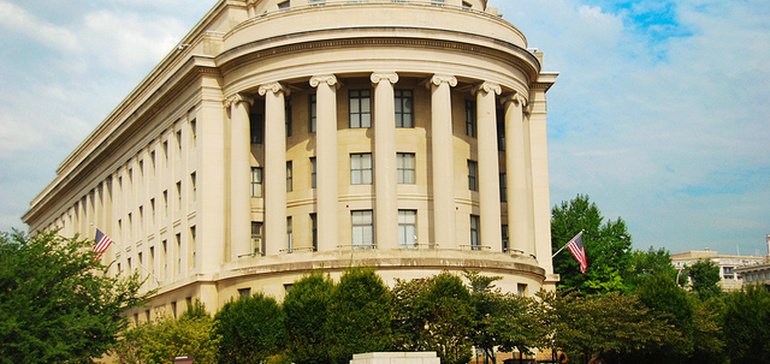Roche’s $4.8 billion takeout of gene therapy specialist Spark Therapeutics looked like a typical biopharma transaction — that is, until the Federal Trade Commission got involved. Now it appears the two parties may have to wait months to complete the deal as antitrust regulators demand extensive paperwork to ensure the Swiss big pharma company won’t have too much market power.
The FTC issued a “second request” for information on the deal, something that happens in 5% or fewer of transactions subject to review under U.S. antitrust law. This request compels Roche and Spark to produce paperwork, answer questions and appear before regulators. Once the agency is satisfied it has sufficient information to make a decision, there is a 30-day waiting period for regulators to decide whether they will challenge the deal as anti-competitive.
“The issuance of a second request is a big deal in merger review,” said James Burns, a health care antitrust attorney with the law firm Akerman. “It means you’re delayed and it’s going to cost you a lot of money to talk the government into letting you go forward.”
“For smaller deals, it’s a death knell,” Burns added. “I don’t think that’s going to happen here. If the parties intended to bail on it, we would have heard of it.”
Nonetheless, the request raises the possibility that the deal could come undone due to regulatory scrutiny. Jefferies analyst Michael Yee wrote in a June 10 note to clients that the spread between the offer price of $114.50 and current share price — $100.02 in mid-day trading June 12 — suggests investors are concerned about that outcome. Roche says 21.1% of Spark shares have been tendered as part of the transaction.
When first announcing plans to acquire Spark, the Swiss drugmaker said it expected the deal would close by the end of June.
Big pharma buying smaller biotechs to gain access to innovative products is typical of the sector and rarely merits more than routine FTC review, making the agency’s focus on Roche-Spark unusual. Roche pulled and refiled its pre-merger notification twice, trying to meet the FTC’s requests.
A Roche spokesperson would not say what the FTC wants to know, but the regulator’s interest could center on Roche’s hemophilia A maintenance treatment Hemlibra and Spark’s experimental gene therapy SPK-8011, a theoretically one-time treatment.
“The question or concern: Will Spark’s product be a competitor at least for some hemophilia patients, and if so, would the merger give Roche the incentive or ability to delay the Spark product from coming to the market?” said Alexis Gilman, an attorney with Crowell & Moring and a former assistant director of the FTC’s bureau of competition.
Expected competition in the form of BioMarin Pharmaceuticals’ experimental gene therapy valoctocogene roxaparvovec, or valrox, would likely be a counterargument, giving Roche an incentive to push SPK-8011 to market.
“We think the hemophilia gene therapy market is probably the most competitive and ‘crowded’ field in gene therapy,” Jefferies’ Yee noted.
However, that’s probably something regulators were already conscious of during the process of Roche withdrawing and refiling its pre-merger notification, said David Balto, an antitrust attorney and former FTC policy director. “When you pull and refile, you’re hoping there’s a silver bullet, and there are obviously no silver bullets here,” he said.
A second concern, Yee wrote, is that Roche’s ownership of both a chronic and one-time treatment might give it too much market power as it could use the combination against valrox.
Balto added that the scrutiny this deal is receiving might be a sign of things to come.
Regulators are becoming increasingly nervous about the potential for biopharma consolidation thwarting innovation. Balto expects transactions like Roche-Spark to face more serious scrutiny in the future, and pointed to calls to break up big technology firms as a sign there may be interest in investigating biopharma.
“I think this is going to make a lot of antitrust lawyers go back to the drawing board and look at how they can defend acquisitions of developing drugs,” he said. “This is like when the first mate turns to the captain on the Titanic and says, “What was that bump?”








